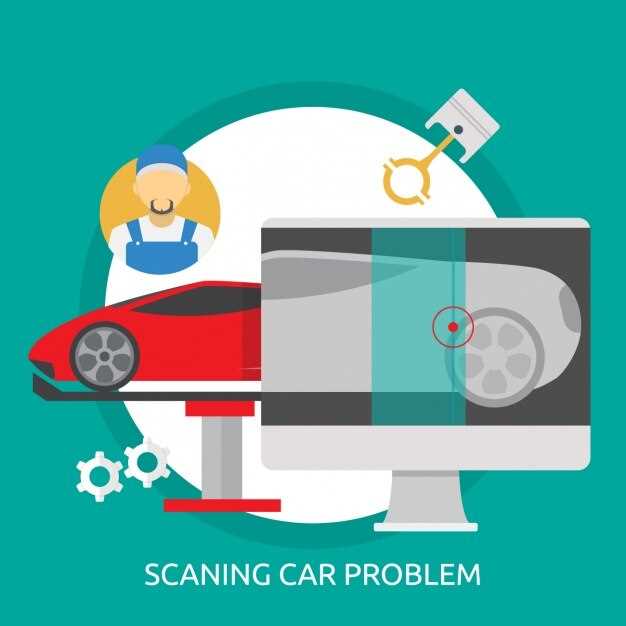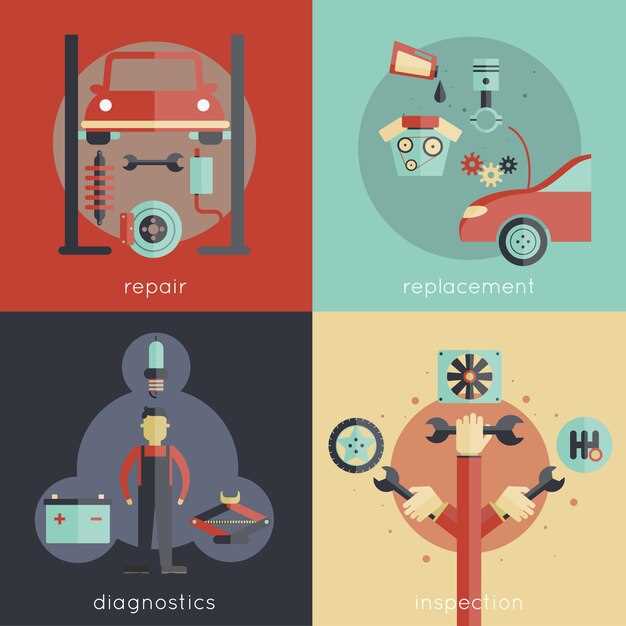Diagnosing strange vibrations in your car

Experiencing unusual car vibrations can be alarming, often indicating underlying issues that should not be ignored. While occasional shaking might be normal under certain conditions, persistent or intense vibrations can signal a range of problems, from minor adjustments to more serious mechanical failures. Understanding the causes of these vibrations is crucial for maintaining vehicle safety and performance.
Vibrations can originate from various sources, including the engine, wheels, transmission, or suspension system. For instance, unbalanced tires or misaligned wheels can lead to shaking during acceleration or at high speeds. Similarly, worn-out engine mounts or issues within the drivetrain may manifest as noticeable vibration felt throughout the car. Diagnosing these issues early can prevent further damage and costly repairs.
This article will explore the most common reasons behind car vibrations, how to identify them, and the necessary steps to address these issues effectively. By equipping yourself with this knowledge, you will not only enhance your understanding of your vehicle but also improve your overall driving experience.
Common Reasons for Car Shaking During Acceleration

Experiencing shaking in your car during acceleration can be alarming and may indicate underlying issues. Identifying the causes can help you address the problem effectively. One prevalent reason for shaking is unbalanced wheels. When wheels are not properly balanced, it can lead to vibrations that become more pronounced at higher speeds.
Another common cause is worn or damaged tires. Tires that are unevenly worn or have bulges can result in instability during acceleration. Additionally, improper alignment can contribute to car shaking, as misaligned wheels can cause uneven tire wear and lead to vibrations when accelerating.
Furthermore, issues with the drivetrain can also result in shaking. A malfunctioning driveshaft or worn-out CV joints can create vibrations as power is transferred to the wheels. If the engine mounts are worn or damaged, this can also lead to noticeable shaking when accelerating, as the engine may shift excessively under power.
Lastly, problems within the braking system, such as warped brake rotors, can cause vibrations that are felt during acceleration, especially if the brakes are partially engaged. Recognizing these causes will aid in determining the necessary repairs to restore smooth vehicle operation.
Identifying Vibration Issues Related to Wheel Balancing and Alignment
Car vibrations often manifest as uncontrollable shaking, particularly at specific speeds. Understanding the relationship between wheel balancing and alignment is crucial for identifying the underlying causes of these vibrations.
Wheel balancing ensures that all four wheels of the car rotate evenly around the axle. When the wheels are out of balance, it leads to excessive shaking. This shaking typically becomes noticeable at higher speeds and can cause uneven tire wear and increased stress on suspension components. A common cause for this imbalance can be improper installation of tires or the accumulation of dirt and debris on the wheels.
Wheel alignment, on the other hand, refers to the adjustment of the vehicle’s suspension angles. When alignment is off, it can lead to a variety of issues, including uneven tire wear and handling problems. Abnormal shaking can also occur if the camber, caster, or toe settings are not in the recommended specifications. The main causes of misalignment can include hitting potholes, accidents, or general wear and tear over time.
To effectively diagnose these vibration issues, it is essential to observe the conditions under which the shaking occurs. For instance, vibrations may only appear during acceleration, at a specific speed, or while braking. This detailed assessment can help pinpoint whether the problem is related to wheel balancing or alignment.
Another important step is to perform a thorough inspection of the tires. Check for visible damage, uneven tread wear, or any objects lodged in the tires. Furthermore, utilizing professional balancing and alignment services can help restore optimal performance and ensure a smoother driving experience.
In summary, identifying vibrations related to wheel balancing and alignment requires careful analysis of the symptoms, visual inspections, and possibly professional evaluation. Addressing these issues promptly can enhance vehicle safety and prolong tire lifespan.
Understanding the Impact of Engine and Transmission Problems on Vibrations

Car vibrations can be a significant indicator of underlying issues, particularly those stemming from the engine or transmission. These vibrations not only affect the driving experience but can also signify more serious mechanical problems if left unaddressed.
Engine problems can manifest as vibrations due to various factors:
- Imbalanced Components: Misaligned or worn engine parts can create uneven forces, resulting in vibrations.
- Faulty Mounts: Engine mounts that are damaged or worn out can fail to absorb engine vibrations, transferring them to the car chassis.
- Misfires: An engine misfire caused by faulty spark plugs or fuel injectors can lead to irregular vibrations, as the power output becomes inconsistent.
- Harmonic Imbalance: An engine running with harmonic imbalances due to improper tuning can produce noticeable vibrations at certain RPMs.
Transmission issues can similarly contribute to car vibrations:
- Worn Gears: If gears within the transmission are worn or damaged, they may not engage smoothly, resulting in vibrations during gear shifts.
- Fluid Issues: Low or dirty transmission fluid can lead to poor lubrication, causing increased friction and vibrations within the transmission system.
- Clutch Problems: For manual transmissions, a failing clutch can cause jerky motions and vibrations during engagement and disengagement.
- Torque Converter Issues: In automatic vehicles, a malfunctioning torque converter can create vibrations when the car accelerates or decelerates.
Overall, understanding how engine and transmission problems can lead to vibrations is crucial in diagnosing vehicle issues early. Regular maintenance checks can help identify these causes before they escalate into more significant problems.




